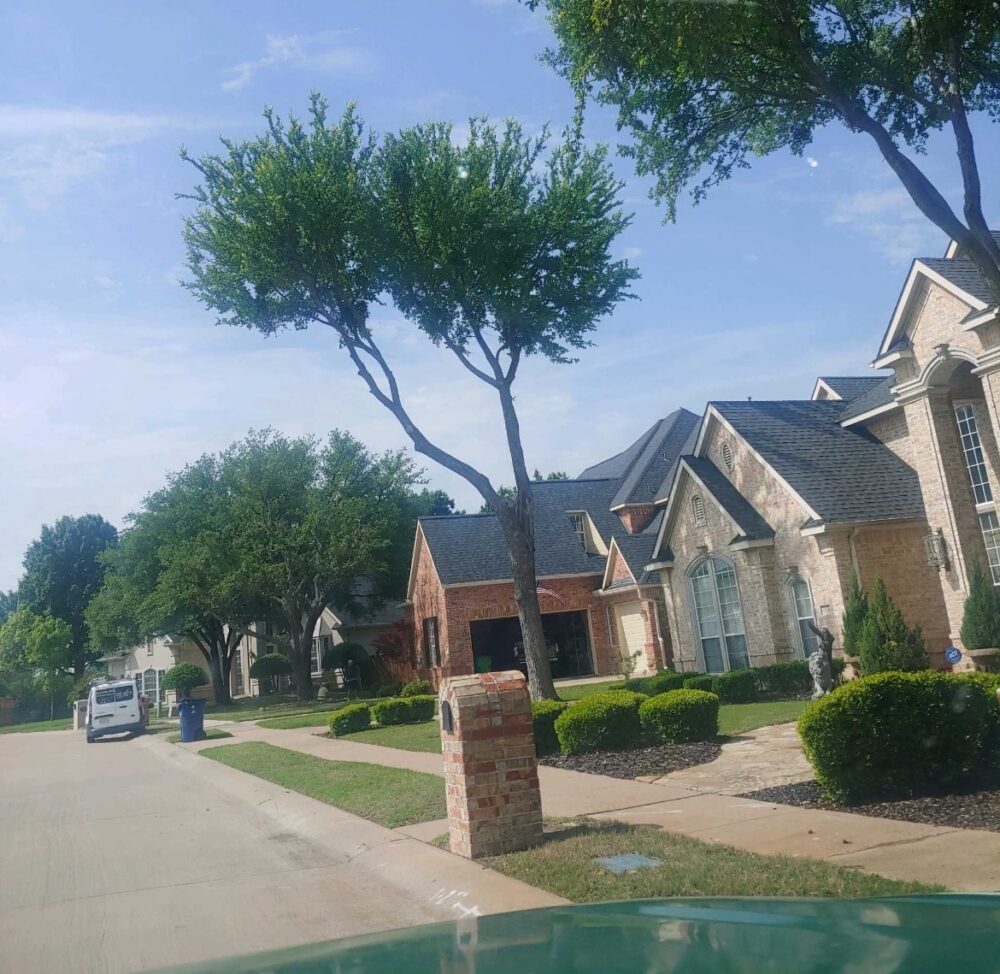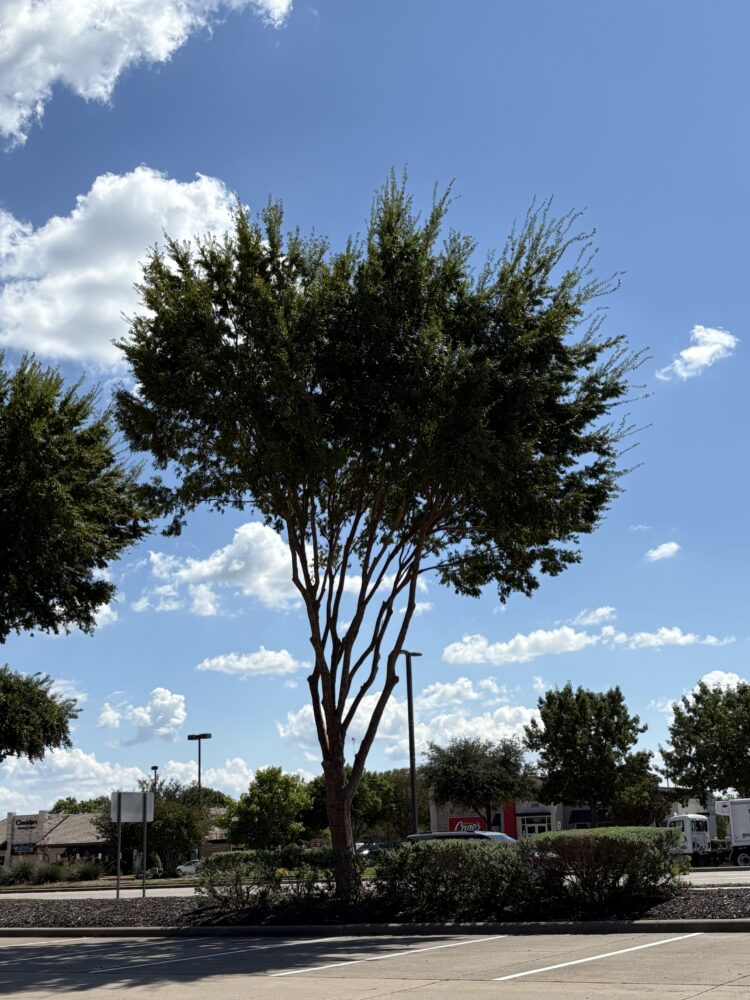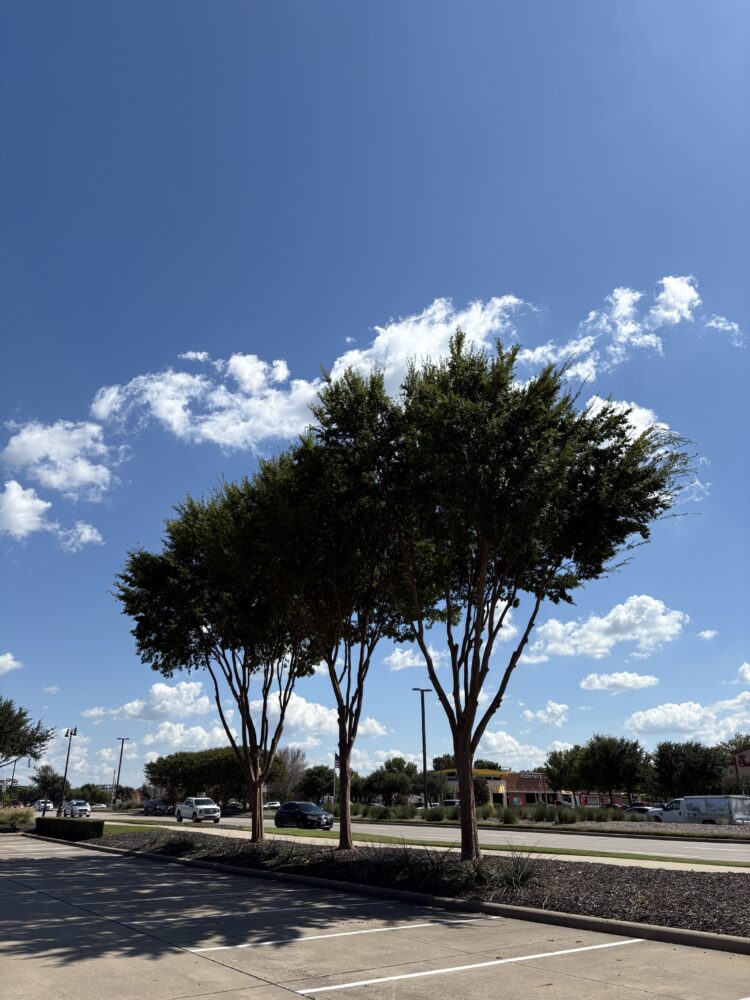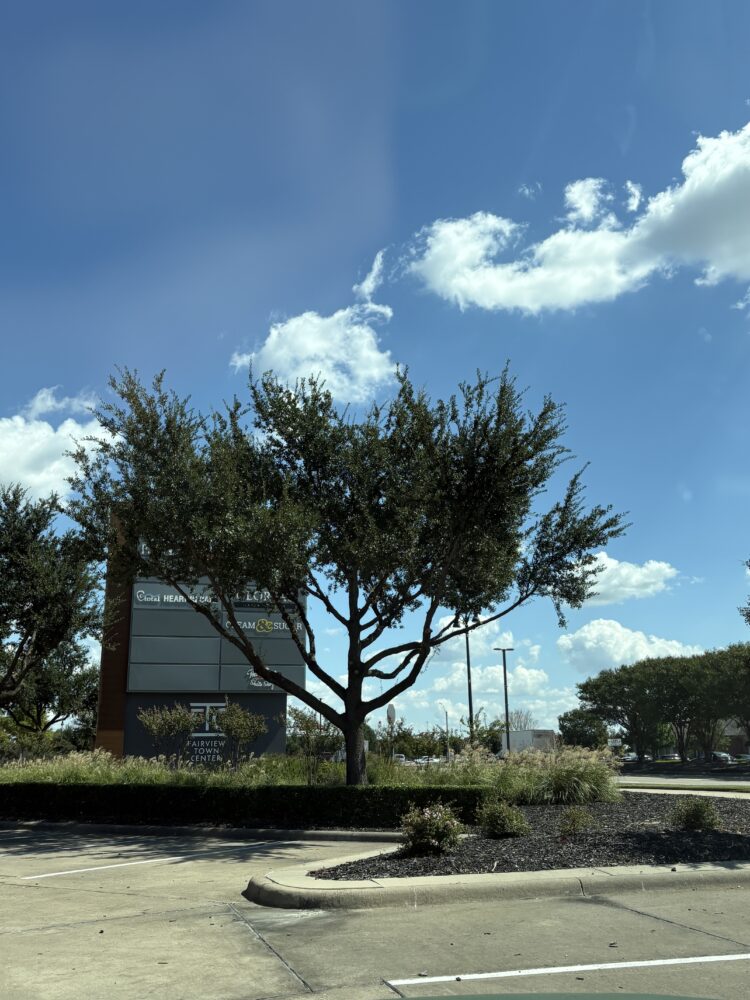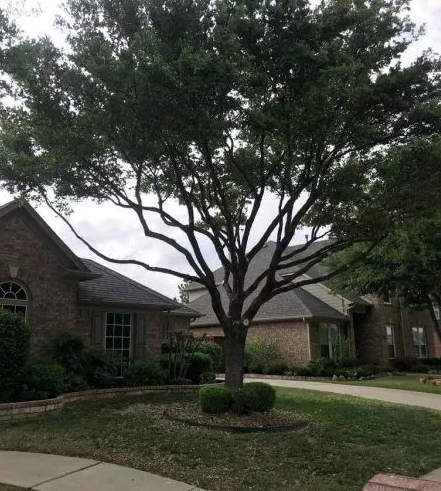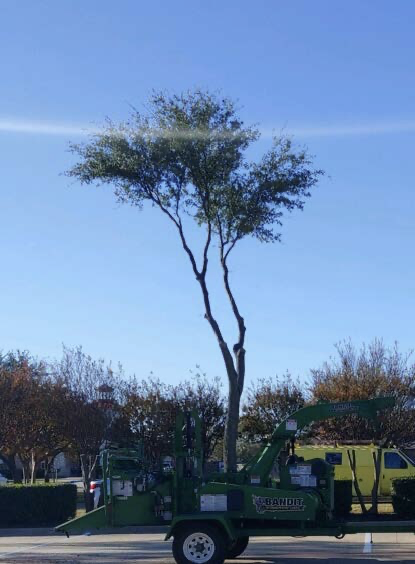Improper Pruning Repair & Expert Tree Pruning in DFW
You may not realize that a single bad cut can weaken a tree for decades, invite disease, or cause structural instability. If you’ve noticed decay, splitting limbs, dieback, or odd growth patterns on trees around your Dallas-Fort Worth property, chances are the damage traces back to improper pruning. At Advanced Tree & Shrub Care, Inc., we specialize in correcting pruning mistakes and preventing further harm. With decades of experience, certified arborists, and deep local knowledge, we help DFW homeowners rehabilitate their landscape. Learn how we can help restore your trees’ strength and beauty.
Why Choose Our Improper Pruning Repair Service
Our Expertise in Corrective Pruning
We don’t just “trim” – we rehabilitate. Every cut is deliberate. Our team includes ISA certified arborists and a registered consulting arborist who assess prior damage, detect internal decay, and reshape the canopy to restore balance. We follow ANSI A300 standards (never removing more than 25% of live crown at once) to avoid overstressing your trees. We’re also familiar with DFW-area species, their vulnerabilities, and pruning windows (for example, avoiding oak pruning during oak wilt season).
Trusted, Local, Responsive
As a local company serving Dallas, Plano, Frisco, Allen, Fairview, and surrounding cities, we know the unique climate stressors, pests, and diseases in North Texas. We’ve restored trees near White Rock Lake, the Collin County countryside, and neighborhoods across the Metroplex. Because we live here too, we respond quickly when storms hit or damage is urgent.
Safety, Transparency & Long-Term Care
Correcting bad pruning often means working near structures, power lines, or sensitive growth. Safety is integral. We always walk you through the plan, show you before/after images, and offer follow-up maintenance. Count on us to treat your trees like the valuable assets they are.
Our Corrective Pruning Process
- Inspection and diagnosis: We evaluate the tree’s structure, prior cut history, trunk health, root stress, and internal decay (with tools when needed).
- Designing the repair plan: We prioritize preserving live tissue, reducing weight on compromised limbs, and restoring a strong branch framework.
- Execution with precision: Cuts are done just outside branch collars, avoiding flush cuts or leaving dangerous stubs. We remove competing branches, dead wood, and rebalance uneven limbs. Techniques follow best practices for North Texas trees.
- Post-pruning care: We monitor healing, recommend watering or fertilization, and schedule follow-ups. We also watch for signs of decay, pests, or disease.

